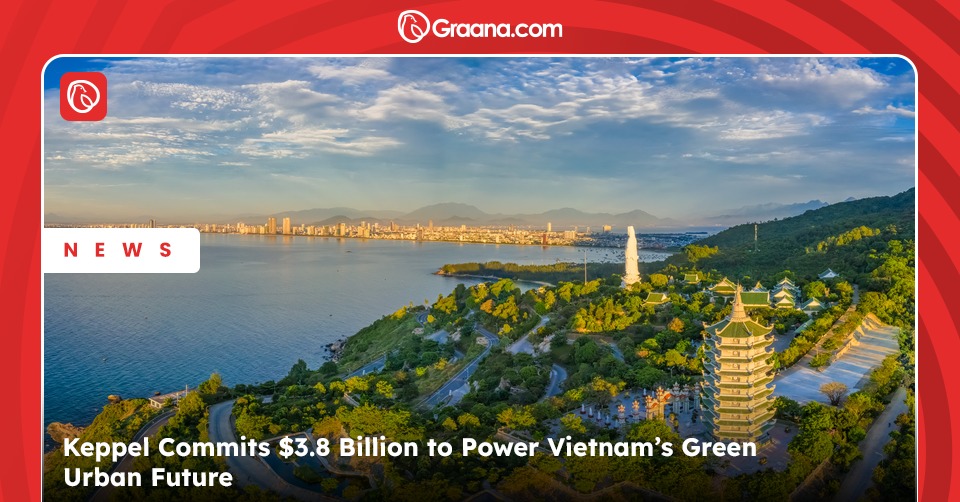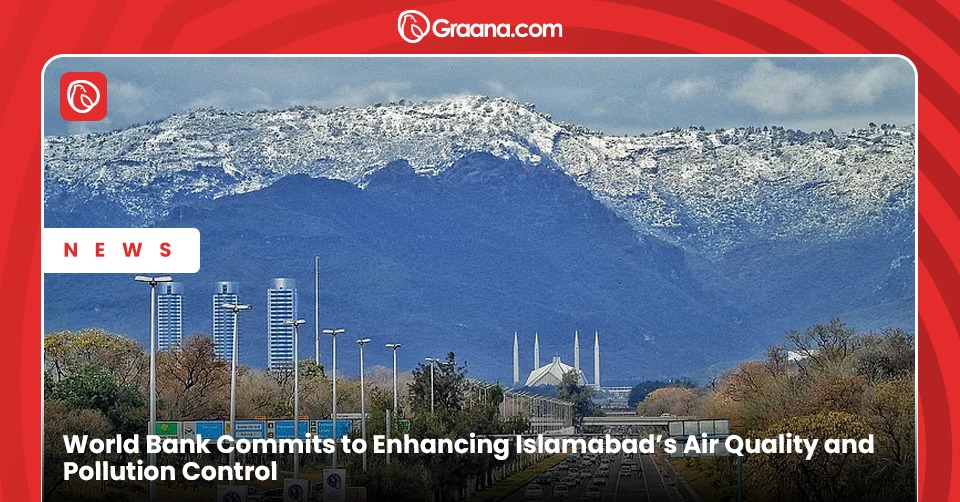We only have one planet earth. And that is currently under a threat. Every three seconds, we lose forests about the size of a football pitch. In the last century, we have exploited our mother nature, harmed it and destroyed our ecosystem. Biodiversity is in an existential crisis.
The current COVID-19 pandemic has ringed the alarm bells and highlighted the consequences of our previous actions. Reducing the area of natural habitat for flora and fauna has created pathogens – even viruses – that have shook the world. If action is not taken swiftly, irreparable damage may threaten our survival.
The world has come together to recognise this threat to our environment and has vowed to take action. Graana.com brings you ways to help restore and repair our relationship with mother nature.
Background
The United Nations (UN) General Assembly marked June 5th as the World Environment Day (WED) in 1972 at the Stockholm Conference on the Human Environment. Two years later, in 1974, the first World Environment Day, titled “Only One Earth” was organised. Since then, every year it is celebrated by more than 100 countries in an effort to recognise the importance of our environment. The aim is to raise awareness and instigate on-the-ground action in the form of tree plantations, cleanliness drives, recycling initiatives etc.
WED 2021 and Pakistan
Pakistan is the host for World Environment Day 2021 and incharge of the official celebrations to mark the day and call for urgent action towards reviving the ecosystems. This year’s conference will be attended by Prime Minister Imran Khan, Secretary-General of the United Nations, António Guterres, German Chancellor Angela Merkel and Pope Francis.
The theme for this year is “ecosystem restoration” with the tagline “Reimagine. Recreate. Restore.” Ecosystem restoration primarily means stopping, preventing and even reversing the damage caused to our environment.
World Environment Day 2021 will formally kick off the United Nations Decade on Ecosystem Restoration (2021-2030) which is a global mission to revive our ecosystem and reverse the damage caused to our forests, seas, mountains, farmlands etc. Only through a sustainable and healthy ecosystem can we combat climate change, secure people’s livelihoods and bring about a change.
The deadline for the Sustainable Development Goals (SDGs) is 2030. The United Nations Environment Programme (UNEP) and the Food and Agriculture Organization of the United Nations (FAO) are jointly responsible to charter targets needed to realise the goals for the UN Decade on Ecosystem Restoration.
Why Should We Care?
We can never truly measure the loss to our environment in concrete figures. As per the World Economic Forum in its Global Risks Report 2020, the top five threats to our likelihood all come down to the environment which also includes the loss of biodiversity.
Similarly, the United Nations statistics claim that more than 4.7 million hectares of forests are lost every year. That is more than the size of Denmark. Moreover, wetlands, which are drained for agriculture, have been reduced by 87 per cent globally. In addition, 50 per cent of coral reefs have been destroyed and about 90 per cent will be completely lost by 2050 despite the efforts.
Although it appears to be a bleak picture, all is not lost. As per Geneva Environment Network, between 2021 and 2030, the restoration of 3.5 million square kilometres of damaged land and marine ecosystems – an area greater than India and France – could help create USD 9 trillion in the restoration business. The process can also help eliminate 13 to 26 gigatons of greenhouse emissions from the atmosphere.
How Can We Help?
Practice Conscious Consumerism
About 3,000 litres of water is used to produce a single pair of jeans and a minimum of 14 litres is used to wash that pair. That amount of water is sufficient for a person’s daily intake for five days.
With the age of social media and influencers, more and more people are encouraged to stay up to date and consume fashion products. Fast fashion, selling huge quantities of clothing at a cheaper price, has become the dominant model. It poses a great threat to our environment.
As per Ellen MacArthur Foundation, 2017, around $500 billion is wasted per annum due to under-utilisation of clothing and lack of recycling. Similarly, UN Environment, 2019 claims that the industry contributes 8% to the global carbon emissions. Therefore, it is important to practice conscious consumerism and move towards sustainable living. Practising minimalism will also be a step in the right direction.
Minimise Water Wastage
Without water, humans cannot survive. Although two-thirds of the world is water, freshwater sources of water are extremely limited. This extremely limited source of water is further polluted due to industrialisation and lack of treatment which exacerbates the situation. It is, thus, essential to ensure its availability for sustainability and survival of mankind.
Water is scarce. Therefore, it should be managed effectively and its wastage should be minimised. Various countries have realised the issue and have taken active steps to counter it. For example, Singapore has adopted the “Four National Taps” strategy to address shortages. Japan has invested in creative water saving technologies and Maldives has taken steps to recycle and store rainwater to utilise it effectively.
Move Towards Renewable Energy
Fossil fuels such as coal, oil and natural gas are in limited supply and depleting rapidly due to heavy dependence on them. If the current trends persist, there will be no more of them available for use. Not only is their supply dwindling, their use is also detrimental to the environment. When burned, these fossil fuels release carbon monoxide which results in global warming and depletion of the ozone layer.
An alternative, that is environmentally friendly and cost effective, is to move towards renewable sources of energy such as water, solar and wind. Depending on the location and the abundance of the source of energy, these alternatives can prove beneficial in producing energy and electricity. For example, solar power is increasingly becoming popular. It allows one to generate electricity in remote locations and also helps reduce the cost of electricity in the long run. Similarly, wind turbines can be installed in places with abundant wind to help generate electricity. The initial cost of investment will be significant but with the reduction in costs, that amount can be recovered in a few years.
Adopt Sustainable Living
If we leave the job of saving the environment to just the experts and government, our planet will burn and will be lost forever. Every individual in their own capacity should take steps to help protect our mother nature. Change doesn’t happen overnight, but small changes can be made today to adopt sustainable living.
Every person can help plant trees in their local communities to help combat climate change. Similarly, bees are natural pollinators that significantly help our environment. Flowers and other plants can be grown in our backyards to allow bees to sustain and not become extinct. Cleanliness drives can also be arranged to gather plastics and other waste products in order to recycle, re-purpose and reuse them. This way, the carbon footprint of our actions can be minimised. Moving towards reading online can help reduce the use of paper and thus, their production. These are just simple ways in which common citizens can play their part.




